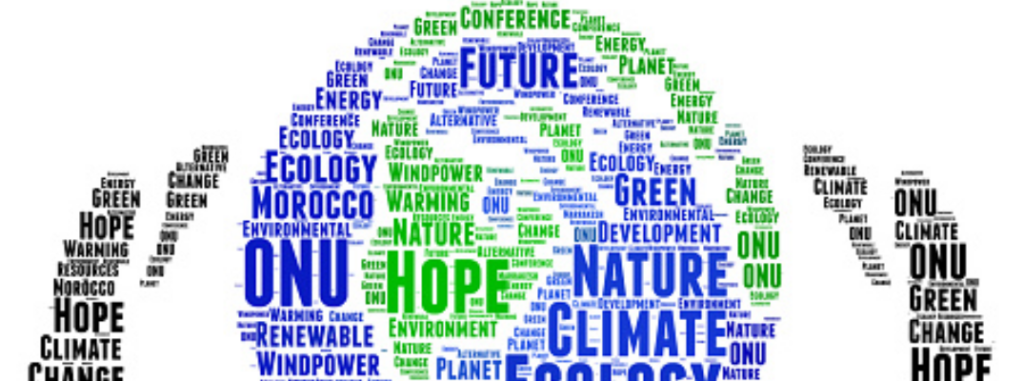The two-week long Bonn Climate change conference ended last week, on the 10th of May. Held in Bonn, Germany, the goal of the conference was to discuss the Paris Agreement on climate change which will be implemented in 2020 along with issues and concerns surrounding the agreement.
The Talanola Dialogue was launched prior to the Bonn Climate Change Conferences. A Fijian spin on collective extensive input, without friction or misunderstandings. The process urges participating countries and individual stakeholders to use a storytelling process to explore their goals using the following as a guide: ‘where we are’, ‘ where we want to go’, and ‘how we intend to get there’.
The UN Climate Change Secretariat invited NGOs, countries and other stakeholders to submit their stories through an online portal opened in January this year, ahead of Bonn. At the talks, more than 300 participants in six parallel discussions shared around 700 stories. While the sentiment was appreciated, many wondered how the more than 700 stories shared would be captured and translated into concrete climate ambition.
Sébastien Duyck, senior attorney at the Center for International Environmental Law told Carbon Brief that he was not sure what the vision is, he said “The Talanoa Dialogue went well, but there is no clear vision about how [it] will ‘land’ politically. For many parties, it is crucial to turn this storytelling exercise into a strong political mandate for parties to enhance NDCs (Nationally Determined Contributions).”
One of the recurring issues was variance in views due to the different realities in developed and developing countries. On whether or not information on loss and damage should be included, with developed countries arguing that this falls outside the scope of Article 13 (transparency framework), and developing countries characterizing loss and damage as an important element of “climate impacts.” Some parties suggested adding information on loss and damage could be optional.
Countries like China and India urged for two sets of rules, with a suggesting historic responsibility for climate change be used to differentiate. The EU, US and Japan are among those arguing for single guidance applying to all parties and for NDCs to be quantifiable.
It was also argued that nationally determined pledges of emissions would be best as opposed to an absolute reductions promise, as it would allow countries take their constraints into account. This was also met with disagreements.
In the argument of levelling the field for those most vulnerable, Olivia Adhiambo, Policy and Advocacy Manager at the Pan African Climate Justice Alliance, explained that PACJA believes climate change is a poverty issue because the effects are most felt by those closest to the poverty line.
The agreed global target temperature is 1.5oC; this limit poses a problem for those who suffer the most in our current climate as articulated by Sebastien Duyck, of CIEL: “In a world that is already warmer by about 1ºC, people and communities around the world are already facing serious threats to their human rights”. This was part of the comments made at a climate action event organized by both the north and south civil society groups. Duyck also said with the survival of the most vulnerable already at risk, the current limit undermines the rights to food, water and livelihood of millions. This echoes Adhiambo’s comments. Beyond poverty, he believes the current climate is as much an equity as it is a justice issue because it is an effect of fast living experienced by the rich, while the poorest suffer the most.
It was decided that the Paris Agreement Rules be finalized by the end of the year, which was the goal of the conference. however, major articles in the agreement are still undecided, hence, the negotiators have agreed to reconvene in Bangkok for further discussion. This progress conference is to be held in September

